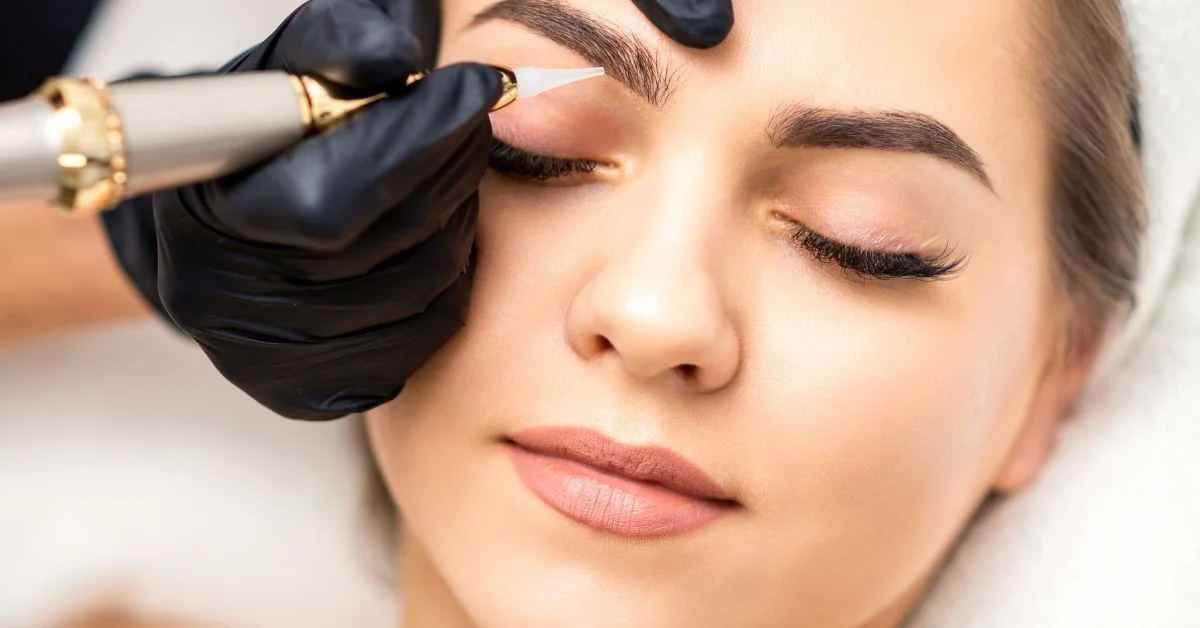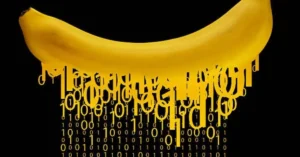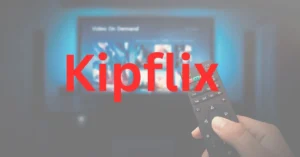In the evolving landscape of cosmetic enhancements, microshading has quietly but confidently claimed its place as a beauty mainstay. With more individuals seeking low-maintenance, natural-looking enhancements, microshading offers a promising solution for achieving full, defined eyebrows that don’t wash off at the end of the day. While microblading may have once dominated the beauty conversation, microshading has emerged as the preferred option for many—especially those with sensitive skin or a desire for softer results.
In essence, it’s a semi-permanent brow tattoo technique using small, pinpoint pigment deposits to create a powdered, gradient effect. The outcome resembles the look of filled-in brows using makeup but lasts significantly longer—anywhere from one to three years with proper care. It’s artistry with precision, offering both structure and subtlety.
This article provides an in-depth, updated look at the technique, its origins, who it’s best suited for, what the process involves, and what you need to know before booking your appointment. Whether you’re considering microshading as a cosmetic investment or are simply curious about the method behind this booming trend, here’s everything you need to know.
What Is Microshading?
Microshading is a cosmetic tattoo technique designed to enhance the appearance of eyebrows by implanting pigment into the upper layers of the skin using a handheld tool or a machine with fine needles. Unlike microblading—which draws hair-like strokes—microshading uses a stippling method that deposits tiny dots to create a soft, powdered finish, mimicking the look of a brow pencil or powder.
The result is a fuller, more defined brow that retains a natural appearance. It’s particularly popular with clients seeking a gentler alternative to microblading, especially those with oily or sensitive skin types that don’t hold crisp strokes well.
A Brief History of Brow Tattooing
While cosmetic tattooing dates back thousands of years, the current wave of eyebrow enhancement techniques—microblading, powder brows, ombré shading, and hybrid brows—has only taken off over the last two decades. Microshading, often referred to as “powder brows” or “ombré brows,” evolved as a response to limitations found in microblading.
Initially, brow tattooing was harsh and permanent, using traditional tattoo inks that often turned blue or red over time. Today, microshading uses refined techniques and specially formulated pigments that fade naturally and mimic makeup application far more effectively.
The Microshading Process: What to Expect
Understanding the process is essential before making the commitment. A professional microshading appointment typically follows these steps:
1. Consultation
Your brow technician assesses your facial structure, skin type, brow goals, and any previous cosmetic tattoos. This phase may include patch testing for allergic reactions and a discussion about color options.
2. Mapping and Shaping
Using rulers, stencils, or freehand drawing, the technician designs your ideal brow shape. This blueprint is critical—it frames the face and sets the foundation for a natural result.
3. Numbing
A topical numbing agent is applied to reduce discomfort. While pain tolerance varies, most clients report only mild sensations during the procedure.
4. Pigment Application
Using a machine with a single or multi-prong needle, the technician implants pigment into the upper dermis layer in a gentle, dot-like motion. The process can take 1.5 to 2.5 hours, depending on complexity.
5. Aftercare Instructions
Post-procedure care is crucial to healing. Expect some redness, tenderness, and mild scabbing. Full healing usually takes 4–6 weeks, after which a touch-up session is typically scheduled.
Who Is Microshading For?
While microshading can be a solution for almost anyone looking to enhance their brows, it’s especially suitable for:
- People with oily or sensitive skin
Oily skin tends to blur microblading strokes. Microshading’s dot method adheres better and fades more gracefully. - Those with sparse or patchy brows
Microshading fills in gaps for a fuller, more symmetrical appearance. - Makeup lovers
The result mimics powder makeup, offering a consistent and polished look. - People who want long-lasting results without harsh lines
It’s softer than traditional tattoos and fades in a more natural progression.
It’s less ideal for individuals with certain skin conditions (like eczema or psoriasis in the treatment area), those pregnant or breastfeeding, or those with blood disorders that affect clotting or healing.
Microshading vs. Microblading: What’s the Difference?
While often confused or lumped together, these two techniques differ significantly in execution and effect:
| Feature | Microshading | Microblading |
| Technique | Dots (stippling) | Hair-like strokes |
| Tool Used | Machine or hand tool with round needles | Manual blade |
| Ideal Skin Type | Oily, sensitive, mature skin | Normal to dry skin |
| Result | Soft, powdery, gradient brow | Natural, hair-like finish |
| Pain Level | Mild to moderate | Moderate |
| Longevity | 1–3 years | 1–2 years |
In some cases, artists may combine both techniques—microblading for strokes at the front of the brow and microshading for depth and density—creating what’s known as a “combo brow.”
Cost and Longevity
The average cost of microshading in the United States ranges from $400 to $800, depending on:
- Technician’s experience
- Geographic location
- Studio reputation
- Included touch-up sessions
A follow-up appointment, often included in the price, is scheduled 6–8 weeks after the initial session to perfect the shape and color.
With proper care, results typically last 12 to 30 months, fading gradually. Maintenance touch-ups may be needed annually to retain shape and saturation.
The Healing Timeline
Healing is a multi-phase process:
Days 1–3:
Brows appear dark and bold. Minor redness or swelling may occur.
Days 4–7:
Peeling begins. Avoid picking or scratching.
Week 2:
Color may fade significantly. This is normal as skin regenerates.
Week 4–6:
True color emerges. A touch-up session finalizes shape and pigment.
During this time, clients should avoid excessive sweating, swimming, sun exposure, and applying skincare products to the brow area.
Potential Risks and Considerations
While microshading is generally safe when performed by licensed professionals, it is not without risks:
- Infection: Poor hygiene or aftercare can lead to bacterial infection.
- Allergic reactions: Rare, but possible from pigment or numbing agents.
- Uneven fading: May occur depending on skin type or healing conditions.
- Color shifting: Inferior pigments may turn ashy or red over time.
To minimize these risks, always choose a reputable, certified artist with a portfolio and client reviews.
Pigment Science: What’s in the Ink?
Modern microshading uses iron oxide-based pigments, which are preferred over traditional tattoo inks because they fade more predictably and are less likely to migrate or change color.
Technicians blend pigments to match your natural brow tone and skin undertone. In recent years, formulations have become increasingly vegan, cruelty-free, and hypoallergenic, aligning with broader beauty industry standards.
Cultural and Psychological Impacts
For many clients, microshading is more than cosmetic. It’s about reclaiming confidence, especially for those with:
- Hair loss due to alopecia, chemotherapy, or trichotillomania
- Scarring or asymmetry from injuries
- Aging-related brow thinning
The transformation can be profound. Brows frame the face, and their restoration—when done well—often uplifts not just appearance but self-esteem.
Trends and Innovations
The microshading field continues to evolve, with trends such as:
- 3D ombré brows: Enhanced layering of pigment for more dimension
- Custom pigment mixing: Tailored to match complexions exactly
- Nano-shading: A finer, more delicate variation using smaller needles
- Fade-mapping apps: Preview technology to simulate results before committing
Technicians are also incorporating machine learning in pigment selection and digital tools for brow symmetry mapping, adding scientific precision to artistic skill.
Conclusion
Microshading represents a nuanced evolution in cosmetic tattooing, merging artistry, dermatological knowledge, and individualized care. It offers a semi-permanent solution that respects natural aesthetics while enhancing what’s already there. Unlike its predecessors, microshading doesn’t demand hard lines or rigid beauty standards—it adapts, softens, and refines.
For anyone considering this technique, knowledge is your greatest asset. Understanding the process, choosing a skilled technician, and committing to proper aftercare ensures the experience is safe, satisfying, and worth the investment.
As we move further into an era of personalized beauty, microshading reflects the values of precision, practicality, and confidence. Whether it’s to save time, restore symmetry, or simply feel more like yourself when you look in the mirror, microshading isn’t just a trend—it’s a tool for everyday empowerment.
FAQs
1. How long does microshading last?
Typically 1 to 3 years, depending on skin type, lifestyle, and aftercare. Touch-ups every 12–18 months can maintain the look.
2. Is microshading painful?
Most clients report minimal discomfort. A numbing cream is applied beforehand, making the procedure very tolerable.
3. Can microshading be removed?
Yes, removal is possible using laser treatments or saline lightening, but it may take multiple sessions and can be costly.
4. Is it safe for all skin types?
Generally yes, but people with certain skin conditions, or those prone to keloids, should consult a dermatologist first.
5. What’s the difference between ombré brows and microshading?
Ombré is a type of microshading with a gradient effect—lighter at the front, darker at the tail—offering a soft, natural look.
For more information, click here.









